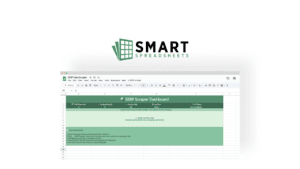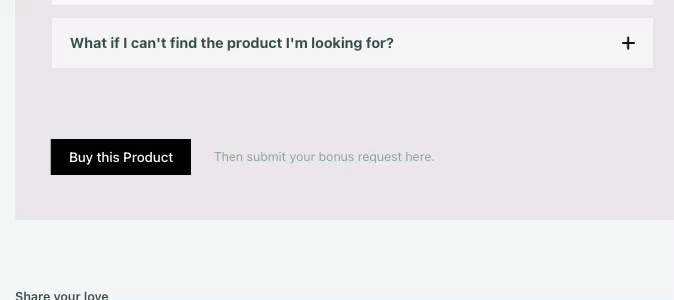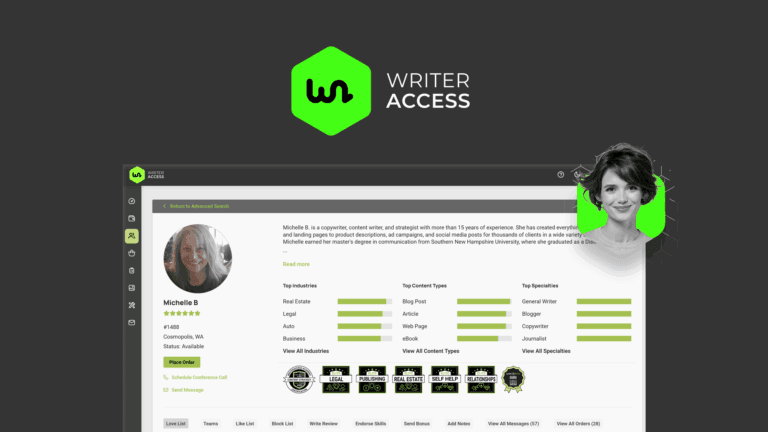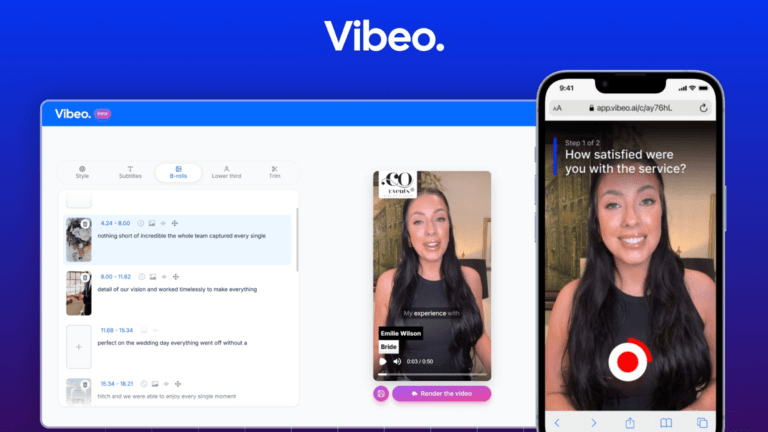The Spreadsheet That Broke the Camel’s Back
The quarterly report stared back at me, a haunting reminder of our team’s increasing inefficiency. My fingers hovered over the keyboard, paralyzed by the mounting complexity of our workflow. As the operations manager for a growing digital agency, I’d spent months patching together a Frankenstein’s monster of tools, spreadsheets, and workarounds.
“This can’t continue,” I muttered, watching my team struggle with yet another manual data transfer.
When Complexity Kills Creativity
Our challenges weren’t just technical—they were existential. We were spending more time managing tools than actually doing creative work. WordPress updates, e-commerce inventory, content generation, SEO optimization—each task required a different platform, a different login, a different monthly subscription.
I’d tried everything. Project management tools, integration platforms, custom scripts. Each solution seemed to create more problems than it solved. My team’s frustration was palpable. Late nights, multiple browser tabs, constant context-switching—we were drowning in digital complexity.
A Whisper of Hope
I first heard about Smart Spreadsheets during a casual conversation with a fellow operations manager at an industry meetup. She described it almost like a magic trick—a way to consolidate multiple business functions into a single, familiar interface.
“It’s like Google Sheets on steroids,” she said, her eyes lighting up. “But really, it’s more like Google Sheets with a PhD in business operations.”
Initially skeptical, I decided to explore. What did I have to lose?
The initial setup was surprisingly intuitive. Unlike other complex tools that required extensive training, Smart Spreadsheets felt like an extension of something we already knew. Within hours, we started seeing remarkable changes.
“Wait, we can generate content directly here?” my content strategist Jake asked, his cursor hovering over a new AI-powered feature.
“And look,” added Sarah from our e-commerce team, “I’m updating Shopify inventory without leaving this spreadsheet.”
The magic wasn’t just in the features, but in the seamless integration. Web scraping, API connections, bulk updates—tasks that previously consumed entire days were now reduced to minutes.
A New Operational Reality
Our productivity wasn’t just incrementally better—it was transformed. We were no longer slaves to our tools; the tools were working for us. Content workflows that used to take days were now completed in hours. Our SEO optimization became more precise, our e-commerce management more agile.
But the most significant change wasn’t technical—it was cultural. The team’s energy shifted. No more frustration, no more endless meetings about tool limitations. We were back to doing what we did best: creating, strategizing, innovating.
Beyond the Spreadsheet
What started as a technical solution became a catalyst for broader organizational change. We weren’t just more efficient; we were more collaborative, more creative, more aligned.
During one team meeting, Jake looked up from his spreadsheet and said, “You know, this feels less like a tool and more like a superpower.”
The journey taught me that true digital transformation isn’t about the most complex tool, but the most intuitive one. It’s about removing friction, not creating more of it. For any business owner feeling overwhelmed by technological complexity, remember: the right solution doesn’t complicate your work—it liberates your potential.
Our story isn’t just about a spreadsheet. It’s about reclaiming our time, our creativity, and our passion for the work that truly matters.






